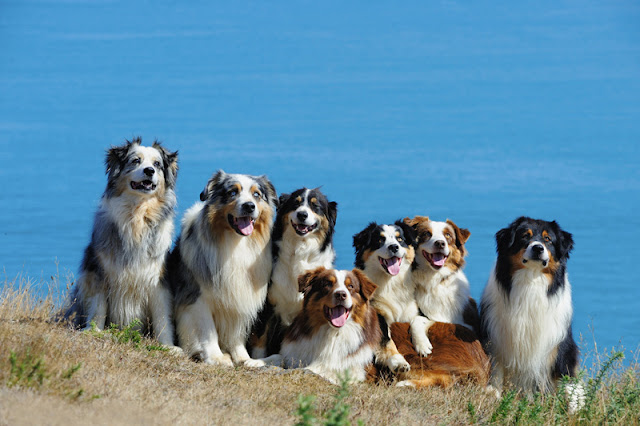Does Playtime for Cats Reduce Behaviour Problems?

Does few toys and no play equal issues with your cat? Here's why it's important to make time for play. Photo: Xseon/Shutterstock By Zazie Todd, PhD This page contains affiliate links which means I may earn a commission on qualifying purchases at no cost to you. A new survey of cat owners by Beth Strickler and Elizabeth Shull investigates how many toys the average cat has, how often their owner plays with them, and whether there is a link with behaviour problems. Since behaviour problems are a common reason for cats to be surrendered to shelters and so many cats are euthanized every year, it’s important to understand how meeting the behavioural needs of cats can lead to fewer behaviour problems. Providing toys and opportunities for play is one of the fivepillars of a healthy environment for cats , according to the International Society of Feline Medicine and the American Association of Feline Practitioners (Ellis et al 2013). Play should allow the cat to mim...



